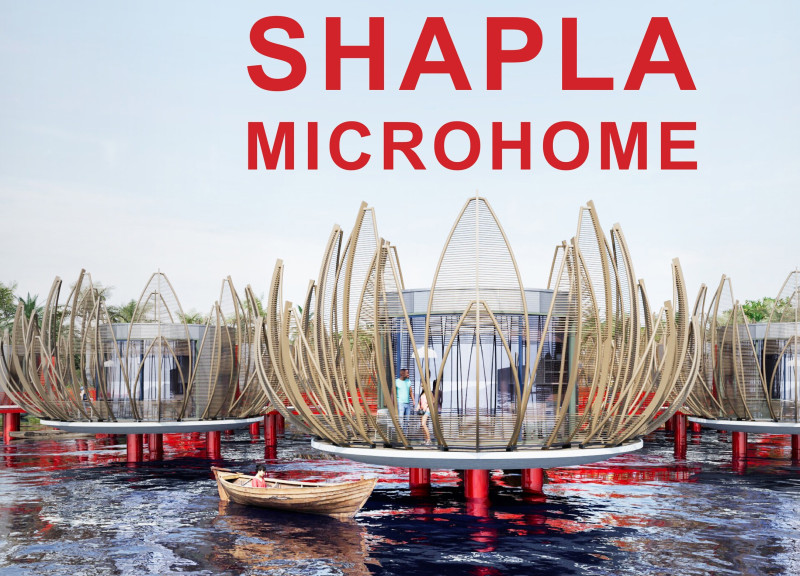5 key facts about this project
This architecture showcases a variety of elements, beginning with its streamlined forms and deliberate use of materials that reflect a nuanced understanding of the site. The structure is delineated by clean lines and an open layout that fosters a sense of continuity between the interior and exterior environments. Significant attention is paid to the façade, which employs a combination of materials, including reinforced concrete and glass, to provide both shelter and transparency. This choice effectively allows natural light to flood the interiors, enriching the user experience while maintaining visual connections with the surrounding landscape.
The project features well-defined zones that cater to diverse activities, allowing for a dynamic range of interactions. Spaces are tailored to fulfill the needs of different users—from individual workspaces to communal areas designed for collaboration and social gatherings. The architecture promotes a layer of flexibility, permitting users to adapt spaces according to their requirements. This adaptability is essential for modern architecture, reflecting contemporary trends that prioritize user-centered design.
Unique design approaches are evident throughout the project, particularly in the way it integrates with its environment. By incorporating elements of nature, including strategic landscaping and green roofs, the design enhances ecological sustainability while providing communal green spaces. This incorporation of landscape into the overall architectural scheme allows for a smoother transition between built and natural environments. Additionally, sustainable features such as rainwater harvesting systems and energy-efficient technologies underline the project’s commitment to environmentally responsible practices.
The use of local materials in construction reinforces the connection to the site's cultural context. Incorporating materials that are familiar to the region not only solidifies the project’s identity but also resonates with the community’s historical narrative. The architecture becomes a canvas for storytelling, where each material speaks to the heritage and traditions of the location.
The overall design emphasizes simplicity and clarity, favoring an approach that favors engaging experiences over excessive embellishments. This straightforwardness is reflected in the interior spaces, where functionality is prioritized. The layout and furnishings are selected to encourage collaboration, creativity, and community interaction, aligning with the broader objectives of inclusivity and accessibility.
In summary, this architectural project exemplifies an understanding of contemporary needs through an effective synthesis of form, function, and materiality. It stands as a testament to the potential of architecture to shape experiences and foster community ties. For those eager to delve deeper into this sophisticated design, exploring the architectural plans, sections, and various architectural ideas may provide additional insights into the project's innovative approaches and thoughtful execution.


 James Ellsworth Donaldson,
James Ellsworth Donaldson, 























